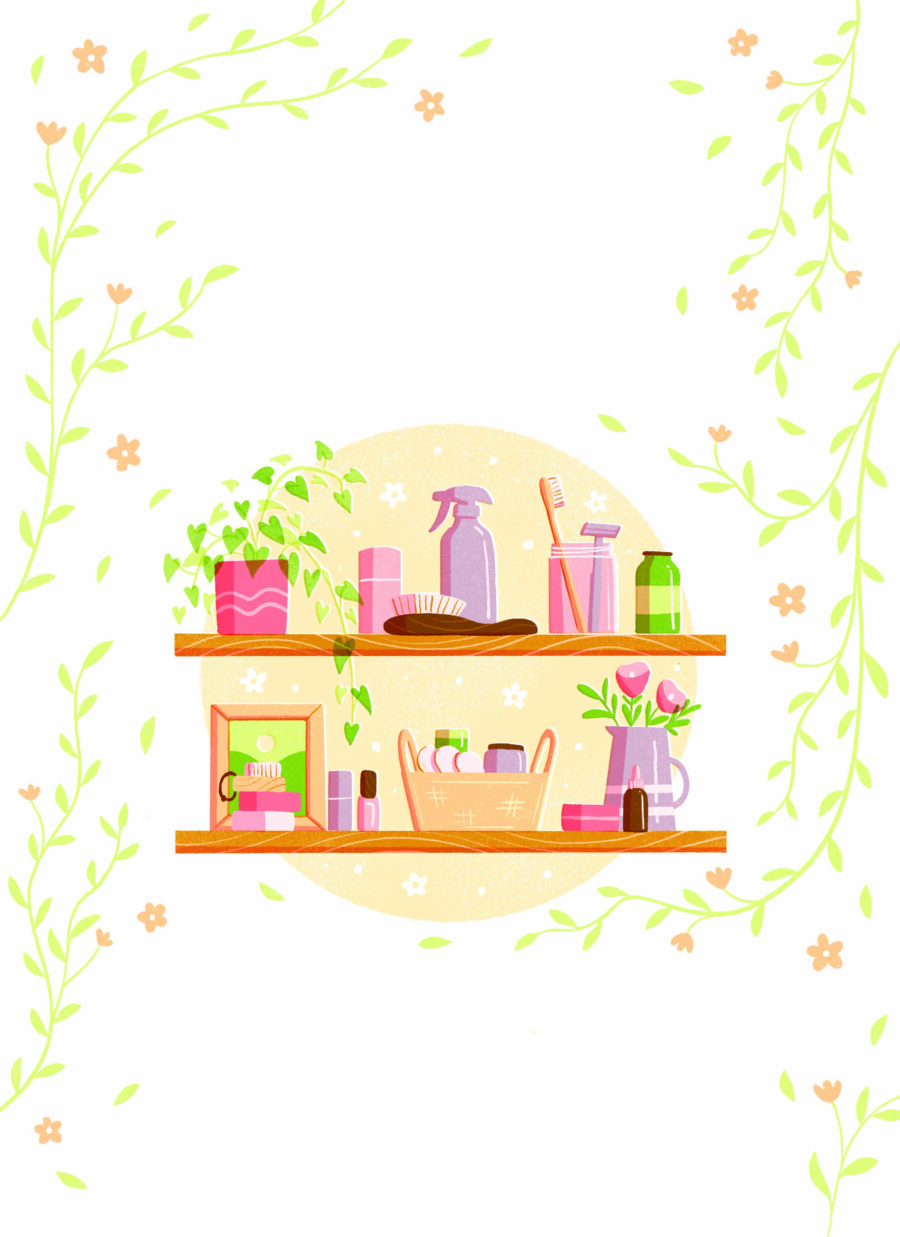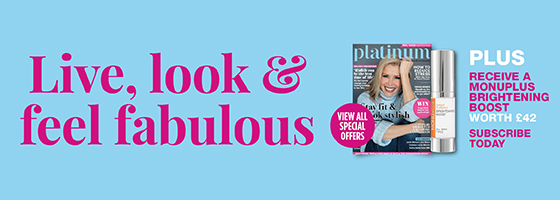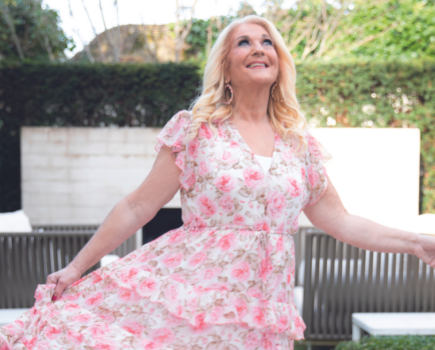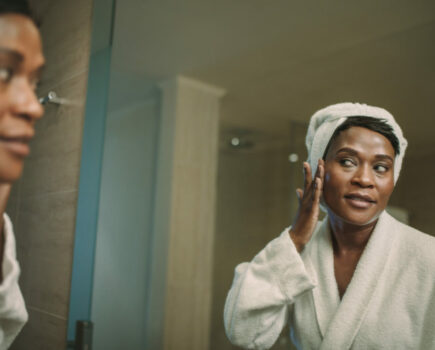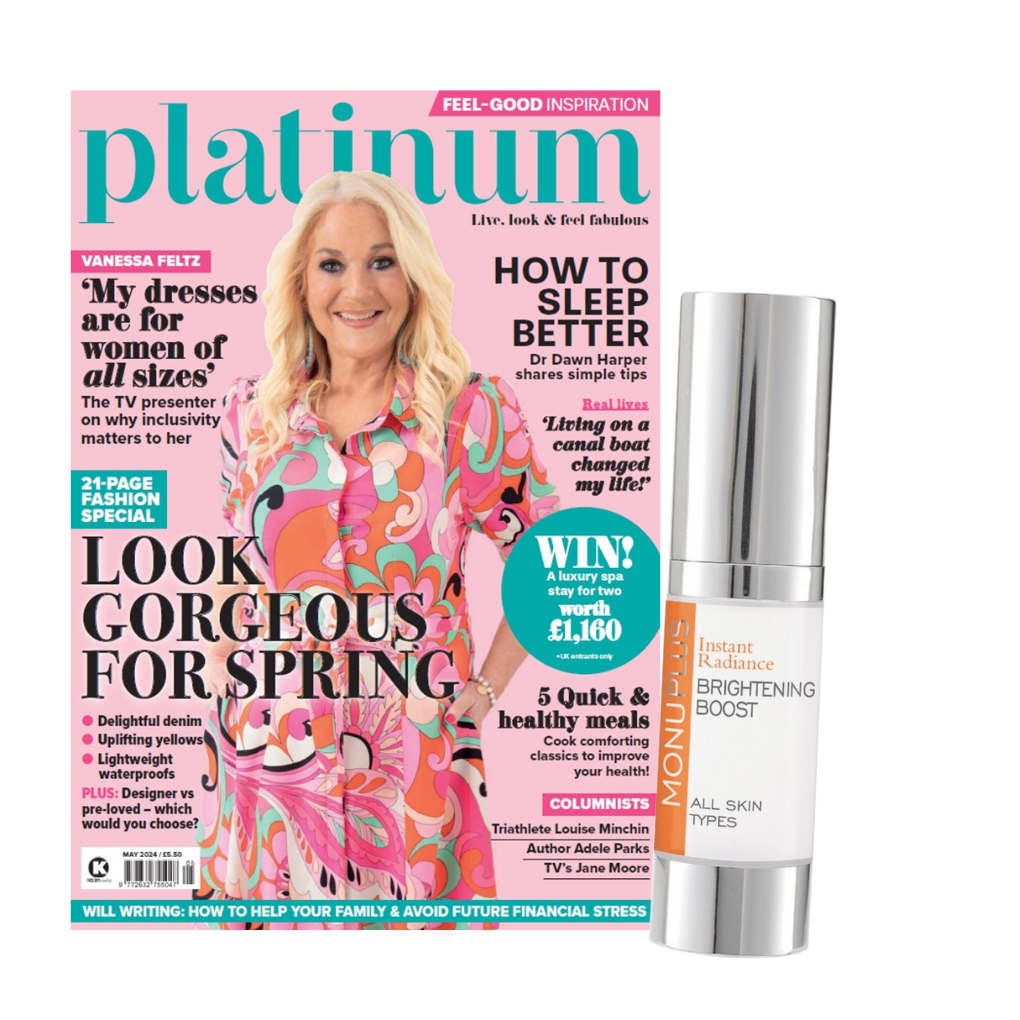Any beauty lover will have a drawer, shelf or bathroom cabinet that is full to the brim of potions, lotions, serums and creams. And while their packaging is usually beautifully chic and worthy of sitting in pride of place on the dressing table, they often hide a dirty secret: they’re damaging to the planet. Say hello to sustainable beauty.
While we’ve been busy swapping our plastic straws for metal ones and supporting local businesses, we forgot to look at what’s right in front of our noses — literally. According to Zero Waste Week, the $532 billion industry that we support through our love of beauty is contributing 120 billion units of packaging a year, equating to the loss of 18 million acres of forest annually.
And it’s not just non-recyclable packaging that’s a rising cause of concern. Consumers
are becoming more aware of what’s going into the products they’re putting on their faces and bodies, too. A 2019 study found that 64% of shoppers prioritise organic ingredients while looking for beauty products. So, with wellness affecting every area of our lives from practising more mindfulness to eating avocado toast for breakfast, it’s about time that beauty and personal care should get a green makeover, too.
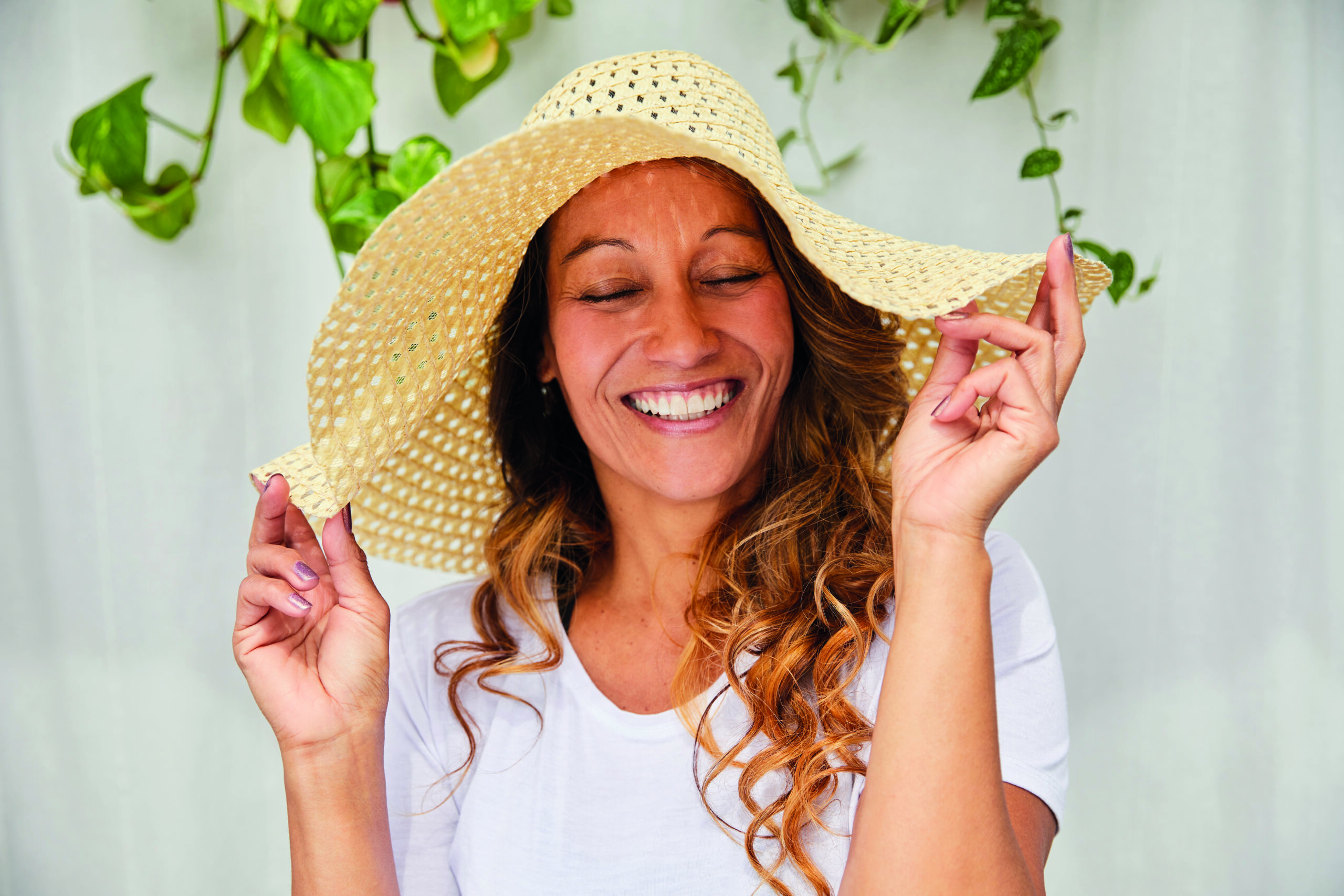
Mature woman wearing a sunhat and laughing with her eyes closed while standing outside on her patio on a sunny day
Why is there so much plastic?
Plastic is a relatively new invention, exploding in the mid-20th century due to its pliability and cheap manufacturing costs. After World War I, the Americans dominated the self-care industry — their military had strict hygiene rules in place to stop the spread of disease — and they quickly started producing new products that people hadn’t seen before.
Items such as soap, which had traditionally been made in solid bars, turned into liquids and gels when households started to introduce showers to their homes, and the plastics boom took off.
Now, we are seeing the end result of decades of plastic use without considering how exactly these products will be disposed of. The tricky issue with beauty products in particular is that they are often made up of multiple parts — lids and mechanisms to squeeze out liquid – that make them hard for the busy consumer to break apart and recycle separately.
Packaging from beauty products produces more than 1 billion tons of CO2 a year — and that’s just from shipping by sea.
More recently, beauty brands have started looking to packaging like paper, metal and glass to help cut down on their carbon footprint. L’Oréal-owned brand La Roche-Posay achieved a global first earlier in 2020 by packaging its Anthelios sunscreen in a cardboard tube, which reduces plastic usage by 45%. Kiehl’s is also set to adopt cardboard packaging.
While cutting plastic usage by 45% isn’t 100%, it’s reassuring to see these behemoth brands taking accountability for their effect on the environment, and considering how to green-proof their products.
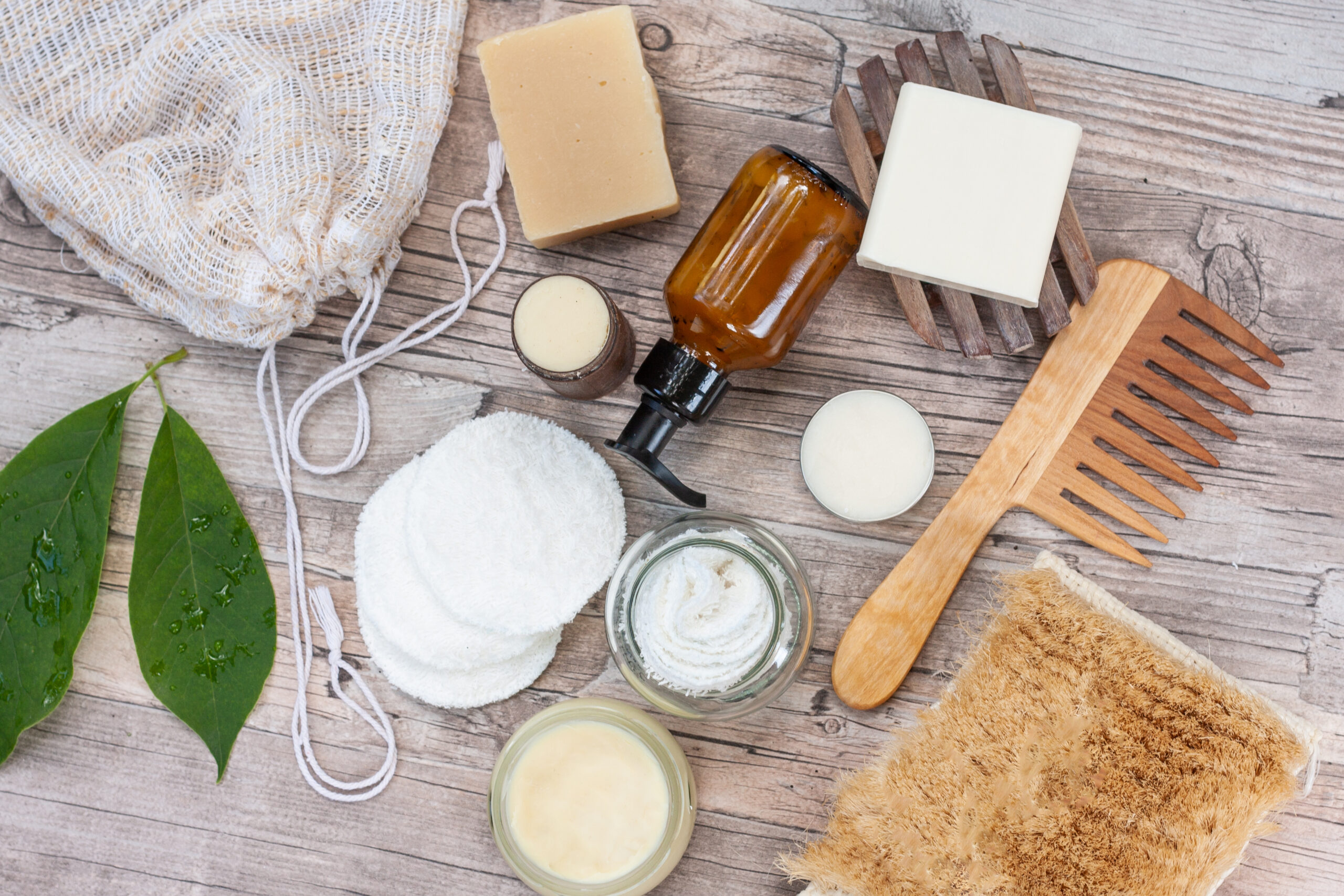
Say hello to sustainability
With our effects on the planet on our minds more than ever before, the beauty industry has taken note and some companies are striving towards change. So what exactly do beauty brands mean when they use terms like ‘sustainable beauty’ and ‘ethically produced’?
The answer is a little tricky: it depends on the individual. For some, a beauty product simply having vegan-friendly ingredients is OK. For others, they’d be looking for vegan-friendly ingredients, plus a pledge to reduce carbon emissions.
What exactly do beauty brands mean when they use terms like ‘sustainability’?
To keep it simple, the lifestyle blog Sustainable Jungle (sustainablejungle.com) has divided the issue into two areas: ingredients and business practices. For ingredients to be sustainable and ethical, they should be cruelty-free, non-toxic, vegan and palm oil free.
For business practices to be sustainable, companies should be sourcing ingredients ethically, be thoughtful with their packaging, give to charity and consider resources and waste management.
Using this ticklist when looking for new brands is a surefire way to help make sure you’re protecting the planet. Often brands will make things easy for you, by listing their sustainable promises on their packaging and website.
Why do we need sustainable beauty?
Founder and formulator of the sustainable skincare brand Pamoja, Sarah Taylor, says that considering sustainability when buying beauty products can help ourselves and the planet, too. “You can protect biodiversity, reduce carbon emissions and the amount of packaging being sent to landfill. There are also opportunities to give back — whether that’s restoring forests by planting trees with every order placed, or a percentage of profits going to charity.
“There are so many exciting innovations in the world of conscious beauty, meaning that when you shop ethically you don’t have to compromise on quality and efficacy. You can get results in your skin and be more eco-conscious with ethically-sourced ingredients that are effective and backed by science, as well as being gentle and nurturing on the skin.”
What changes are beauty brands making?
Sara Last, founder and director of Elements Boutique Spa, who recently helped
formulate its Luxury Skincare and Body Collection, believes that brands are making an effort to move towards greater sustainability. “I really believe we will see all brands turning to more environmentally aware packaging and ingredient sourcing. I hope to see single use products, like facial wipes and products containing micro-plastics, become extinct.
“Looking at brands’ eco statements and initiatives is another way to see what they are giving back and how they are supporting the move to more eco-conscious buying. At Elements Boutique Spa we work with Ecologi who plant 48 trees a month on our behalf, offsetting our carbon footprint. As well as that we are working with a UK bee initiative, which ensures we are boosting bee populations with certain crops we use.”
What can we do?
It’s hard to know where to start when making the change, but Olixa skincare founder Alexandra Jansons has some useful advice. “A small but effective step is to shop mindfully and buy products that you think you will completely use up. With the rise of the ‘shelfie’ (Instagram photos of your beauty cabinet), many people feel the pressure to buy, buy, buy, procuring a lot of products but potentially only using a little of each.
“But the truth is, you don’t need a huge number of sustainable beauty products. Less is more. Experiment with the type or products you like and the ingredients that work for you, and start there.”
Less is more.
Starting at home is something Brianne West, founder of the world’s first zero-waste brand
Ethique, believes in too. “When it comes to sustainable beauty, think reusable. Reusable
cotton swabs, cotton pads and so on for make-up removal. You can use something as simple as coconut oil as a great make-up remover — just make sure it’s fairly traded.
“When you’re trying to find an eco-friendly brand that’s right for you, I’d suggest checking
the brand’s website for its mission statement and certifications. If the owners are proud of their eco-practices then they’re likely to have them up for all to see.
“Certifications like B-Corp mean that the company must go through a very transparent process and only the ones that are socially, economically and environmentally sustainable
will be certified.”

